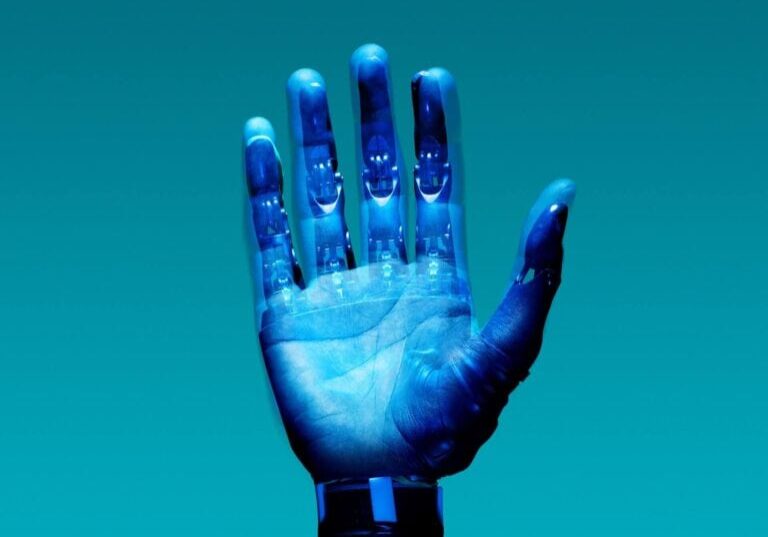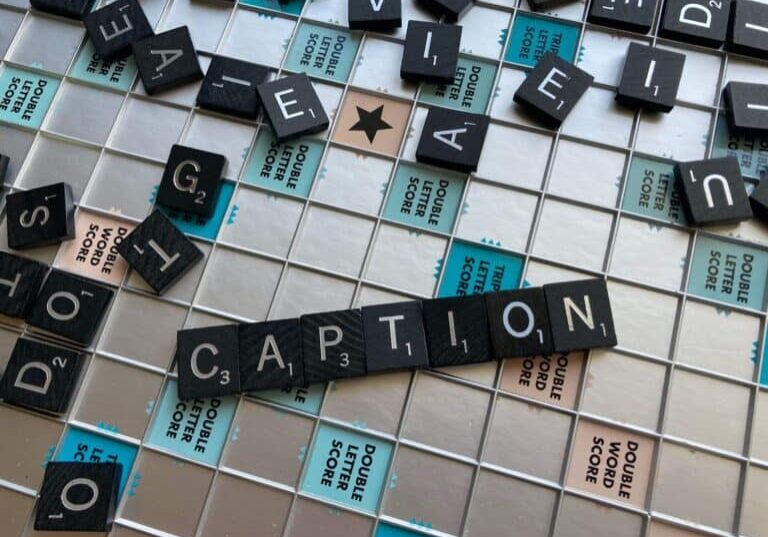Why Your Business Should be Using Data Transcription

The word ‘data’ usually conjures up images of numbers, stats, charts and spreadsheets. Today, data is one of the most important deciding factors in making tough business decisions, getting audiences to make purchasing decisions and much more. Having access to data and records of it is therefore incredibly important, but most companies aren’t dealing with simple quantitative (quant) data, or numerical data, alone.
While numerical data can be collected and analyzed easily, the majority of data held by organizations is unstructured data, also known as qualitative data. Qualitative data is non-numerical and, by its very nature, can be harder to analyze and measure, particularly when it’s captured with audio or video. Data transcription can therefore be the key to leveraging qualitative data with greater ease.
What is data transcription?
Data transcription is the process of converting audio or video content into a text document. It can be captured both live or after the fact. Data transcription is used to provide a record of what was said that can be easily referred to and analyzed.
Having a transcript of this non-numeric data provides many benefits than just having a written record alone. For example, transcripts can help with accessibility, notetaking and even discoverability. When transcripts are listed with your audio and video clips, they make your media not only more accessible to everyone but searchable via keywords that were mentioned. This can help more people discover your content, such as podcasts, marketing videos, events and more.
What’s the difference between data entry vs transcription?
You may be wondering how data transcription differs from data entry. Broadly speaking, data entry is the process of entering information into a system, database or platform. Often, this process is manual and involves taking data from one format or file and moving it to another. The data entry process can also involve data reformatting, cleaning and classification.
Data transcribing on the other hand is a specialist form of data entry that transforms audio and video content into text.
What is qualitative data transcription?
Qualitative data transcription comes up a lot for businesses and market research work. It involves converting audio and video content into text. It can be inclusive of content from customer voicemails, dialogue that happened during Zoom meetings and often market research projects.
While quantitative questions provide results that can often be expressed as percentages, such as “80% of people agree, ” quantitative questions typically don’t help companies and researchers understand the ‘why.’ Qualitative studies involve open-ended questions. The researcher provides questions or prompts and participants are encouraged to answer in their own words. The responses provide a rich source of information and help to unearth different perspectives.
Qualitative projects help to uncover why people take certain actions, as well as help researchers to better understand emotions. These projects are usually recorded to document what was said. However, when it comes to the analysis stage, audio and video recordings can be challenging to work with if they aren’t transcribed. Trying to remember who said what, identify key quotes, and look for themes across recordings is no easy task.
Data transcription meaning word-for-word captured from focus groups, in-depth interviews (IDIs), video ethnography and more can be quicker to work with as they can be scanned and searched with ease. A text version is also ideal for use with additional analysis tools such as text analytics. Having a transcript allows these tools to recognize frequently-used words and topics within the text and identify sentiment.
The benefits of qualitative data transcription
A qualitative data transcript helps researchers as it:
- Provides a text version that can easily be scanned and searched
- Speeds up the analysis process by removing the need to listen and relisten to content multiple times
- Allows researchers to focus and engage with the conversation rather than trying to take notes
- Produces a format that can be easily stored and shared with team members for better collaboration
- Enables further analysis, either conducted manually or with data analytics
Data transcription services like Verbit Go also provide helpful features like timestamps and speaker identification to help make analysis easier. Having a searchable transcript can help teams quickly jump to interesting parts of the dialogue, identify key items shared by a particular subject, pull out noteworthy quotes to use in presentations and much more.
How is data transcription done?
While you can attempt to transcribe content with a DIY approach, it’s an extremely time-consuming process and won’t guarantee high-quality results. Opting for a professional service makes for better use of resources, especially when you’re up against time pressures. Using expert tools, such as Verbit Go transcription, allows you to focus your time on analysis and insight generation instead.
Researchers can utilize tech-only solutions like automated speech recognition (ASR) to quickly produce transcripts but are likely to need to invest time in manual editing if so. There are also professional human transcription options or hybrid transcription methods, which utilize both AI and professional humans to deliver transcripts quickly, but also accurately.
To start the market research transcription process with Verbit Go, for example, it’s simple and not costly and is ideal for many sectors including academic transcription and legal transcription. The most important factor is that your chosen platform is secure so that your information stays safe. Verbit Go provides a secure online platform to make the process quick, easy, and safe.
Market research projects often contain sensitive, confidential or personal data, so it’s vital to choose a provider that offers secure transcription.
What are the different types of data transcription?
A range of different services and customization options are available for qualitative data transcription to cater to the level of detail you need and to make your analysis as easy as possible.
Verbatim
A verbatim transcript is a word-for-word account of everything that’s been said. Filler words such as “umms” and “errs” are removed for an easier-to-read output. However, if the extra level of detail provides useful context for analysis, they can be left in.
Intelligent Verbatim
Intelligent Verbatim is used frequently in research as it streamlines and speeds up the analysis process. The participant’s input is captured in full, but the moderator’s questions are summarized. Off-topic small talk is removed for an output that’s more focused and easier to review.
Notes
In addition to transcription, you can also consider notetaking services. Verbit provides this and it’s often used when recording isn’t an option. Our highly-skilled notetakers deliver a ‘near verbatim’ solution that transcribes what is said and how it’s said.
Getting your ideal transcript
In addition to the different transcription types available to you, it’s also helpful to note that you should work with a partner who can help to customize your transcripts to suit your projects and budget needs. There’s no need to do things like time stamps or speaker identification manually, and with the right partner, you can have these markings appear exactly as you’d like them to.
With Verbit Go, you can receive accurate transcription services that keep your content and data safe. Manual transcription work is tedious, so let us instead help you hit your project deadlines with guaranteed turnaround times. Our online data transcription portal is fully encrypted, simple to use, and available 24/7. Click here to get an instant quote today.












